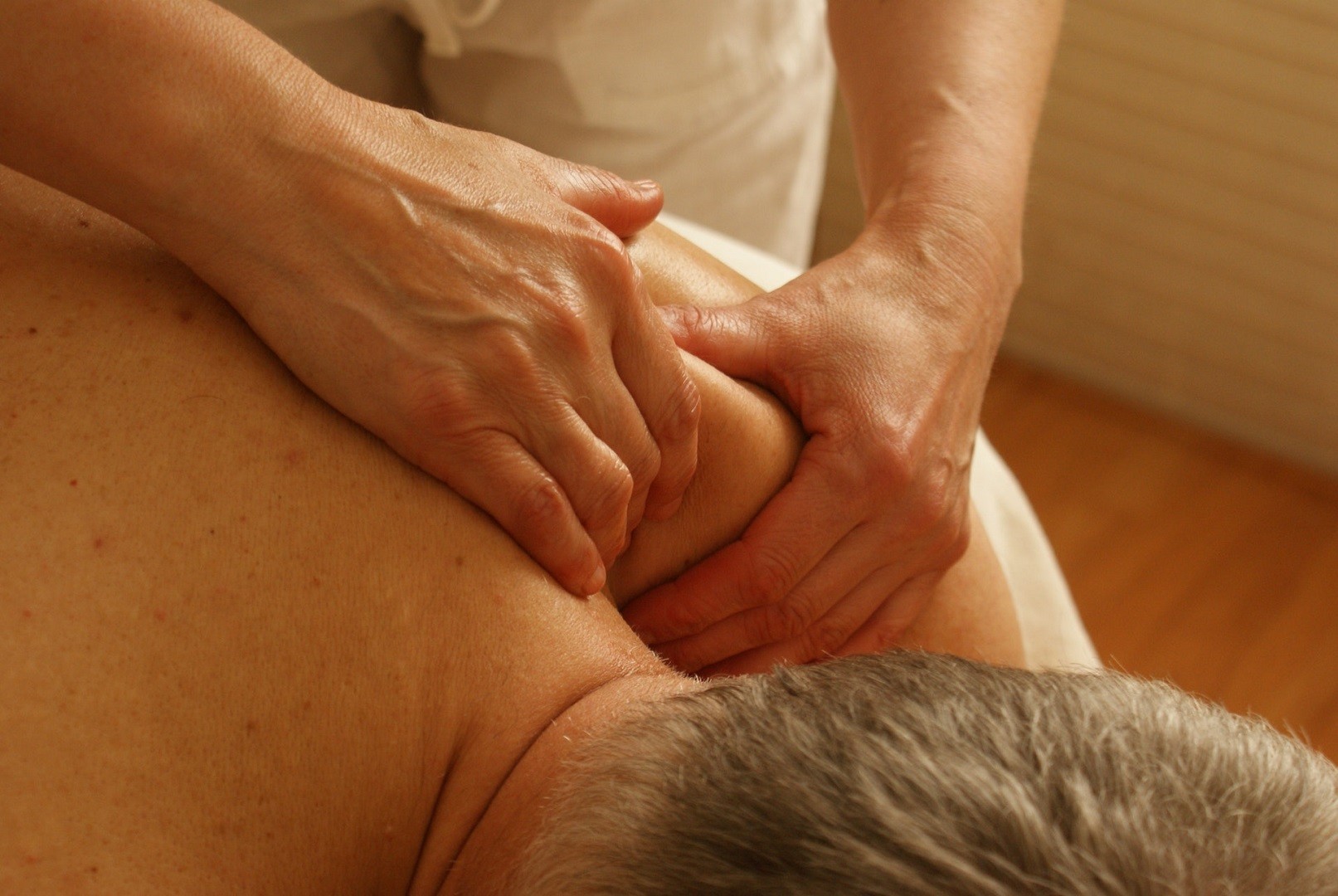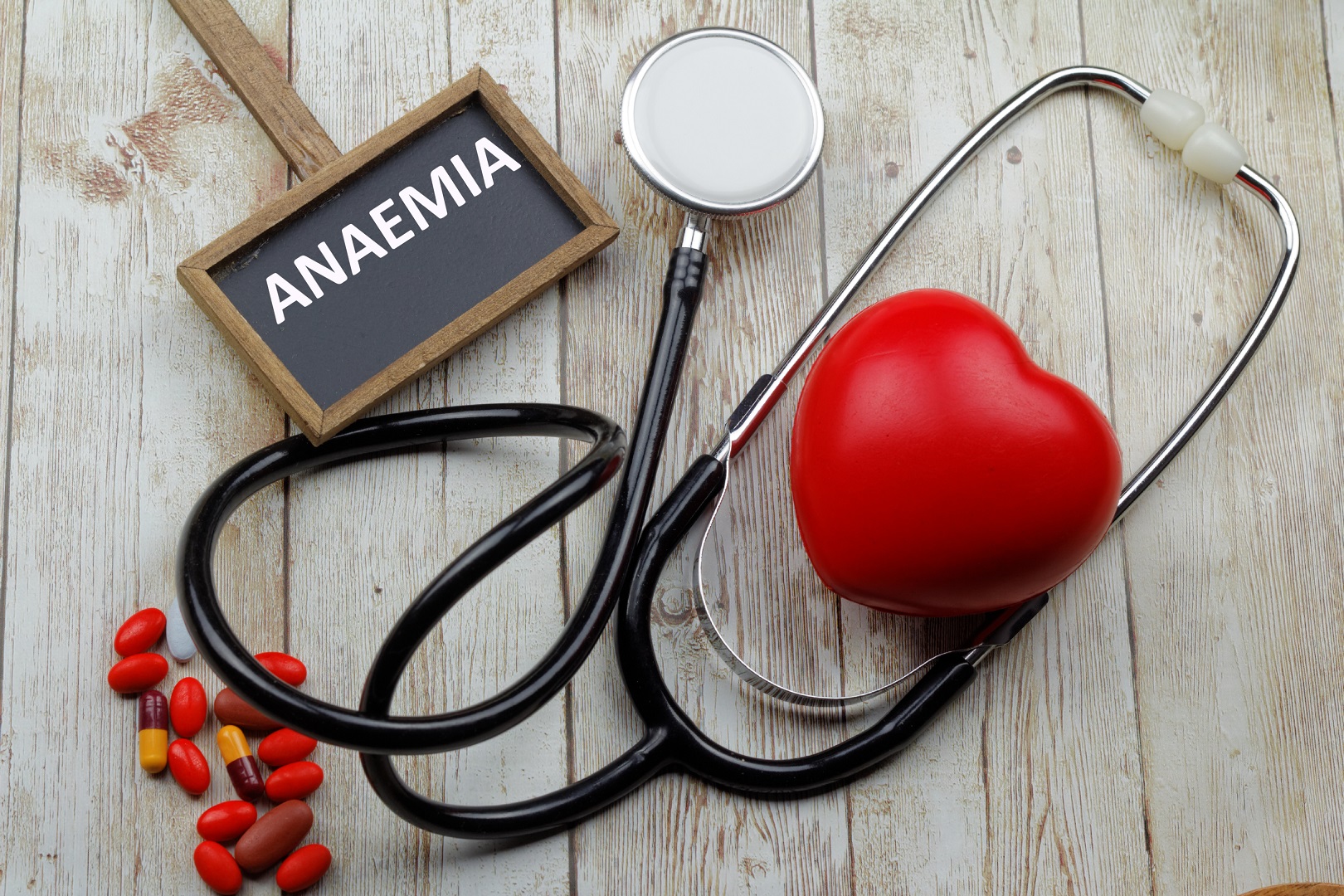
The role of Traditional Chinese Medicine (TCM) and its several branches are widely recognised in the healthcare industry for their unique abilities in relieving people of their ailments without the use of synthetic medicine. Chinese massage is among the more popular aspects of TCM, known for its healing prowess and numerous benefits for various conditions, including anaemia.
What is Chinese Massage?
Chinese massage is an ancient bodywork system that balances the Qi, or vital life force, to maintain optimal health and wellness. There are several types of Chinese massage styles, but the more common ones are Tuina (pronounced twi-nah) and Zhi Ya (pronounced ja-yaa). The first is similar to deep tissue massage with an element of aromatherapy as it makes use of salves or essential oils. The second massage style is based on acupressure as it focuses on pinching and pressing the acupuncture points.
If you're seeing a Chinese massage therapist for a blood deficiency condition like anaemia, you can expect the therapist to more likely perform a Tuina massage on you. This kind of massage follows the principle of acupuncture by stimulating specific acupoints on the body that correspond to the organs that are responsible for producing red blood cells and maintaining their health.
What are the Benefits of Chinese Massage?
As well as relieving stress and promoting relaxation, Chinese massage helps alleviate a range of physical and emotional conditions, including:
- Neck and lower back pain
- Headaches
- Depression
- Musculoskeletal disorders
- Digestive issues
- Diabetes
- Respiratory problems
- Insomnia
- Blood circulation
- Joint immobility
Understanding Anaemia: Causes and Susceptibility
Anaemia is a common medical condition that affects millions of people worldwide. It occurs when the body does not have enough healthy red blood cells or haemoglobin to carry an adequate amount of oxygen to the tissues. As a result, individuals with anaemia may experience fatigue, weakness, and other symptoms related to reduced oxygen supply.
Causes of Anaemia
Several factors can lead to the development of anaemia. The most common causes include:
-
Iron Deficiency: Iron is a crucial component of haemoglobin, the protein in red blood cells responsible for carrying oxygen. Insufficient iron intake or inadequate absorption of iron by the body can lead to iron deficiency anaemia, which is the most prevalent type of anaemia.
-
Vitamin Deficiencies: Deficiencies in essential vitamins such as vitamin B12 and folate can hinder the production of healthy red blood cells, leading to megaloblastic anaemia.
-
Chronic Diseases: Certain chronic conditions, such as chronic kidney disease, inflammatory disorders and autoimmune diseases, can interfere with red blood cell production or lifespan, causing anaemia.
-
Blood Loss: Blood loss due to injury, surgery, menstruation (in women) or gastrointestinal bleeding can deplete the body's red blood cell count and trigger anaemia.
-
Hemolysis: In some cases, the body breaks down red blood cells faster than it can produce them, leading to hemolytic anaemia.
-
Inherited Disorders: Genetic conditions like sickle cell anaemia and thalassemia can cause abnormal red blood cell formation, resulting in various types of anaemia.
Who is More Susceptible to Anaemia?
Certain individuals are at a higher risk of developing anaemia due to specific factors:
-
Women of Reproductive Age: Women are more susceptible to anaemia due to blood loss during menstruation. Pregnancy also increases the demand for iron, making pregnant women more prone to iron deficiency anaemia.
-
Children and Adolescents: Rapid growth during childhood and adolescence increases the body's demand for nutrients, including iron and vitamins, making young individuals more vulnerable to anaemia.
-
Elderly Individuals: As people age, the absorption of nutrients, especially vitamin B12, may decrease, contributing to a higher risk of anaemia.
-
Vegetarians and Vegans: Plant-based diets may lack sufficient iron and vitamin B12, making those following these diets more prone to anaemia.
-
Individuals with Chronic Diseases: Those with chronic kidney disease, inflammatory bowel disease or other chronic conditions may have underlying factors that lead to anaemia.
-
People with Intestinal Disorders: Certain gastrointestinal disorders, such as celiac disease, can impair nutrient absorption, increasing the risk of anaemia.
-
Individuals with Family History: If there is a history of inherited anaemia in the family, individuals may have a higher genetic risk of developing anaemia.
How Can Chinese Massage Help With Anaemia?

Anaemia is a condition in which you have inadequate red blood cells to carry enough oxygen to different organs and tissues in your body. Several factors can lead to anaemia, including iron deficiency, excessive blood loss due to surgery or menstruation, and pregnancy, among others. However, the condition manifests the same symptoms in everyone who has it, and these include:
- Pale skin
- Headaches and dizziness
- Weakness
- Rapid heartbeat
- Loss of appetite
- Cold hands and feet
- Shortness of breath
- Sore tongue
Receiving Chinese massage, particularly Tuina, can help stimulate the production of red blood cells. Additionally, this massage can do wonders for your energy levels as it manipulates the meridians to improve the flow of Qi throughout your body.
Because it works pretty much like acupuncture, your massage therapist will focus on different acupoints on your body, specifically on the hands and feet, which are linked to the spleen and other internal organs to increase your red blood cells, hemoglobin levels and blood circulation.
Besides maintaining a diet rich in iron, folic acid, and vitamins B12 and C, getting regular massage therapy from a certified Chinese massage therapist can help relieve the symptoms of anaemia and other health problems they may lead to if left untreated.
Combining Chinese Massage with Dietary Therapy
Incorporating Chinese massage with dietary therapy can provide a synergistic approach to address anaemia more effectively. Chinese massage techniques, such as Tui Na, focus on manipulating the body's energy channels to improve blood flow and remove blockages.
When combined with dietary adjustments based on TCM principles, the therapeutic benefits can be amplified. TCM dietary therapy emphasises consuming foods that promote blood-building and strengthen the organs involved in blood production.
For example, foods rich in iron and nutrients, such as leafy greens, lean meats and beans, can help boost iron levels. Additionally, TCM suggests cooking methods and food combinations that enhance the body's ability to absorb nutrients.
A skilled TCM practitioner can tailor both the massage and dietary therapy to an individual's specific needs, addressing the root causes of anaemia and promoting overall health and vitality.
Other Traditional Chinese Medicine (TCM) Approaches to Anaemia
Traditional Chinese Medicine (TCM) views anaemia as an imbalance in the body's vital energies, Qi and blood. According to TCM principles, the underlying causes of anaemia may vary from individual to individual, ranging from a weakened spleen to stagnation of Qi or blood.
In TCM, herbal remedies play a significant role in treating anaemia. Some commonly used herbs include Dong Quai (Angelica sinensis), Dang Gui (Radix Angelicae Sinensis) and Bai Shao (Radix Paeoniae Alba). These herbs are believed to nourish and invigorate the blood, promoting the production of red blood cells.
Moreover, physical TCM treatments, such as acupuncture and cupping, are employed to stimulate blood circulation and address specific underlying imbalances. Acupuncture targets specific points along the meridians to enhance the flow of Qi and blood throughout the body, supporting the body's natural healing processes.
Acupressure is another ancient healing technique rooted in TCM that offers a non-invasive and effective approach to managing anaemia. This therapy involves applying pressure to specific acupoints on the body, which correspond to meridians and organs related to blood circulation and overall vitality.
By stimulating the relevant acupoints, acupressure aims to invigorate the blood flow and balance the body's energies. For anaemia management, practitioners often target acupoints related to the spleen, liver and kidneys. These points help in enhancing the production of red blood cells, optimising nutrient absorption and promoting healthy blood circulation.
Regular acupressure sessions can not only address the symptoms of anaemia, such as fatigue and weakness, but also improve the body's ability to maintain optimal blood levels and support long-term wellbeing.
Integrating TCM approaches into anaemia management provides a complementary and holistic method to support overall wellbeing and restore balance within the body.
Real-Life Experiences of Anaemia Patients Who Used Chinese Massage
The actual experiences of people who have had Chinese massage therapy for anaemia offer important insights into the efficacy of this complementary therapy.
One such case involves Jane, a 32-year-old woman experiencing chronic fatigue and dizziness due to severe anaemia. Seeking a natural alternative, she turned to TCM and received a combination of Tui Na massage and dietary recommendations from a licensed TCM practitioner.
Over several weeks of regular treatments and dietary adjustments, Jane noticed a gradual improvement in her energy levels. Her blood tests revealed a rise in haemoglobin levels, indicating progress in addressing her anaemia.
Similarly, 45-year-old Mark, who was diagnosed with anaemia following gastrointestinal issues, opted for acupressure sessions to complement his medical treatment. The acupressure sessions helped alleviate symptoms such as pale skin and shortness of breath, contributing to Mark's overall wellbeing.
These case studies highlight the potential of Chinese massage therapy as a holistic approach to support individuals in their journey to manage anaemia effectively and improve their quality of life.
A Review of Clinical Trials and Studies
In recent years, several clinical trials and studies have explored the efficacy of Chinese massage in addressing anaemia and its associated symptoms. Here, we summarise some of the key findings from these investigations.
-
Effects of Tui Na massage on haemoglobin levels in anaemic patients
- Researchers conducted a randomised controlled trial involving 100 anaemic patients. The participants were divided into two groups, with one group receiving Tui Na massage sessions twice a week for eight weeks, while the other group received no intervention.
- Results showed a significant increase in haemoglobin levels in the Tui Na massage group compared to the control group. The massage therapy group also reported a reduction in fatigue and improved overall wellbeing.
-
Acupressure for fatigue management in anaemia patients
- Thirty anaemia patients experiencing fatigue were enrolled in this pilot study. Participants received acupressure treatments focused on specific acupoints related to blood circulation and energy enhancement.
- Following the acupressure sessions over four weeks, participants reported a notable reduction in fatigue levels. Moreover, blood tests revealed improvements in haemoglobin levels, suggesting the potential of acupressure in managing anaemia-related fatigue.
-
Integrative approach - Chinese massage and dietary therapy for anaemia
- This clinical trial involved 60 anaemia patients who received a combination of Chinese massage (Tui Na) and dietary therapy based on TCM principles.
- After 12 weeks of intervention, the participants demonstrated a significant increase in haemoglobin levels, with 75% of the patients showing improvements to the extent that they no longer met the criteria for anaemia diagnosis. The combined approach also led to positive changes in iron levels and overall vitality.
-
Chinese massage for anaemia in pregnant women
- A group of 50 pregnant women with mild anaemia participated in this observational study. They received regular Chinese massage sessions tailored to their pregnancy condition.
- The study reported an improvement in haemoglobin levels and reduced symptoms of anaemia, such as dizziness and shortness of breath. Additionally, the participants expressed satisfaction with the non-invasive nature of the therapy and its impact on their pregnancy experience.
|
Do you have a natural health & wellness business? |
Originally published on Aug 26, 2020









